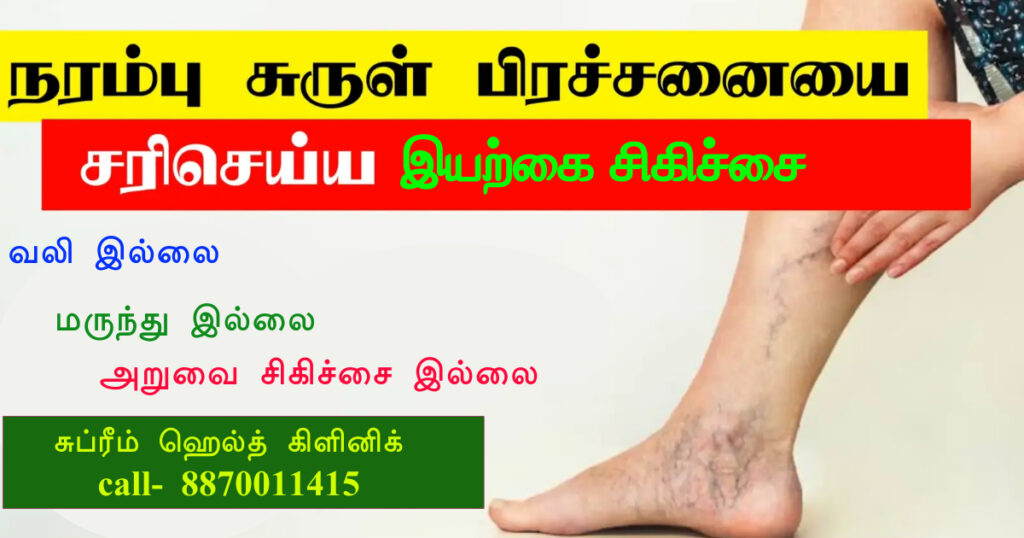Varicose veins are a common and often uncomfortable condition that affects many people, particularly as they age. These veins are swollen and twisted, often visible just beneath the skin’s surface, and can cause pain, discomfort, and even embarrassment. If you’re dealing with varicose veins, you’re not alone. In this post, we’ll discuss what varicose veins are, their causes, and some treatment options available.
What Are Varicose Veins?
Varicose veins are enlarged veins that typically appear in the legs and feet. They occur when the valves in the veins that help to regulate blood flow become weakened or damaged, causing blood to pool in the veins instead of flowing smoothly back to the heart. Over time, this increased pressure can cause the veins to become swollen and twisted, resulting in the appearance of varicose veins.
What Causes Varicose Veins?
There are several factors that can contribute to the development of varicose veins, including:
- Age: As we age, the valves in our veins can become weaker, increasing the risk of varicose veins.
- Genetics: If other family members have varicose veins, you may be more likely to develop them as well.
- Gender: Women are more likely to develop varicose veins than men, due in part to hormonal changes that can affect the veins.
- Pregnancy: Pregnant women are at an increased risk of developing varicose veins due to increased blood volume and pressure on the veins.
- Obesity: Carrying excess weight can put additional pressure on the veins, increasing the risk of varicose veins.

What Are the Treatment Options?
Fortunately, there are several treatment options available for varicose veins, including:
- Lifestyle Changes: Making changes to your lifestyle, such as exercising regularly, losing weight, and avoiding prolonged periods of sitting or standing, can help improve circulation and reduce the risk of varicose veins.
- Compression Stockings: Wearing compression stockings can help improve blood flow and reduce swelling in the legs and feet.
- Sclerotherapy: This procedure involves injecting a solution into the affected veins, causing them to shrink and eventually disappear.
- Laser Treatment: Laser treatment can be used to treat small varicose veins by directing a beam of light at the affected veins, causing them to collapse and fade over time.
- Surgery: In more severe cases, surgery may be necessary to remove the affected veins.
If you’re dealing with varicose veins, it’s important to consult with a healthcare professional to determine the best treatment option for you.
In conclusion, varicose veins can be a bothersome condition, but there are several treatment options available to help alleviate symptoms and improve your leg health. By making lifestyle changes and seeking out medical treatment when necessary, you can improve your quality of life and feel more comfortable in your own skin.
